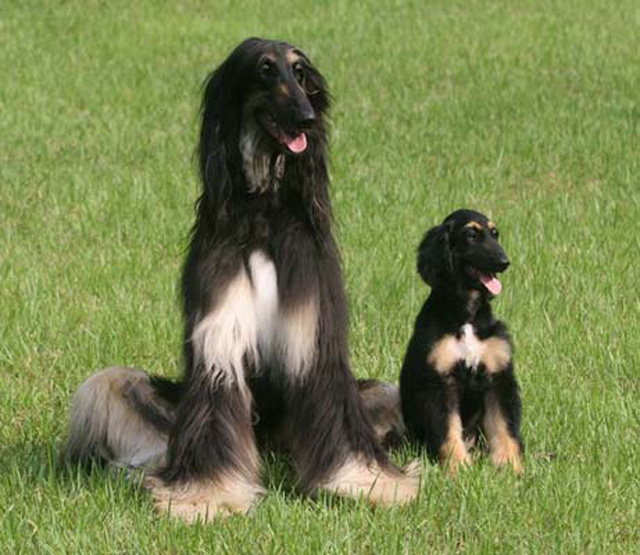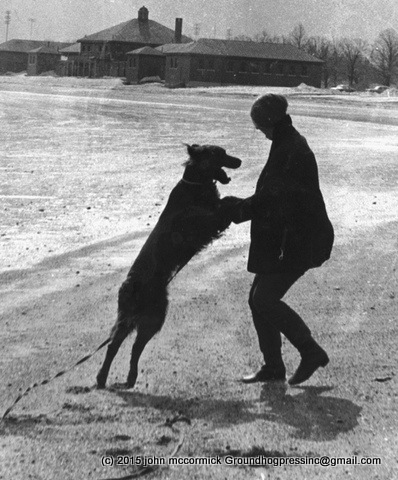In 2005 a Korean biologist claimed to have created the first cloned puppy named Snuppy.
Snuppy (for Seoul National University – SNU puPPY) was an Afghan hound that Dr Hwang said he produced by cloning ear cells taken from a live donor dog, called Tai. The cells’ DNA was used to fertilize more than 1,000 eggs, of which a little more than 100 were implanted in bitches. Three eggs survived but only two produced puppies, the second of which died of pneumonia, Snuppy being the only living result.
But was Dr Hwang’s claim true?
Dolly the sheep was cloned in Scotland (1996) and that is a proven fact. It was a project run by a group of well-known reputable scientists.
Soon after introducing his puppy to the scientific world, it was reported that Dr. Hwang had falsified results from some earlier studies/experiments when he published papers.
Dr. Hwang was removed from the project and replaced by Dr. Lee Beyong-Chun. The university said that if Dr. Hwang faked earlier results, an international team should check the DNA of both the 3 year-old donor and Snuppy. That check showed that the Snuppy puppy really WAS the first cloned canine.
What Happened Next?

Beige Afghan Sitting Pretty
Subsequently, the new team produced several female clones and then bred them by Snuppy, creating 10 live puppies in 2008, the first to be born of two cloned parents.
Because of the very low rate of living puppies born (2 from more than 100 embryos) and the incredible effort involving three years’ work by more than 100 researchers and assistants, even Dr. Hwang downplayed the usefulness of the technique he invented. He pronounced it unethical as a way to produce pets.
There were some further experiments and eventually the University patented search dogs, all of which were cloned and sterile AND all named Poppy. They are all used by South Korean Customs.

Afghan Hound Standing Tall
Tai and Snuppy The First Puppy Clone

Tai and Snuppy, Photo by Hwang Woo-Suk
The tests by by Dr. Lee Beyong-Chun showed an almost 100% correlation between Snuppy and Tai – this is even more than found in twins. That proved conclusively that Snuppy really was a clone of Tai.






Recent Comments